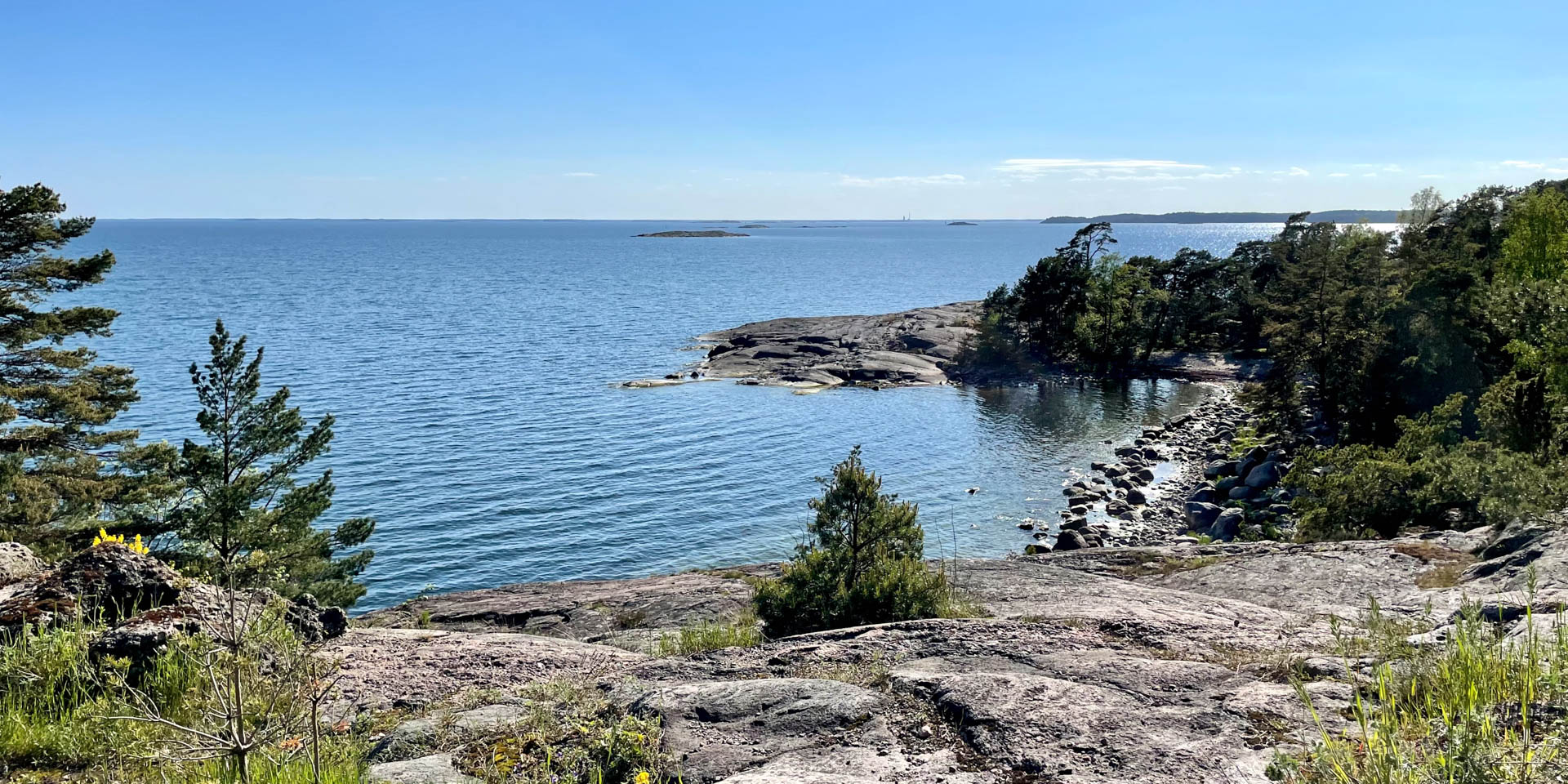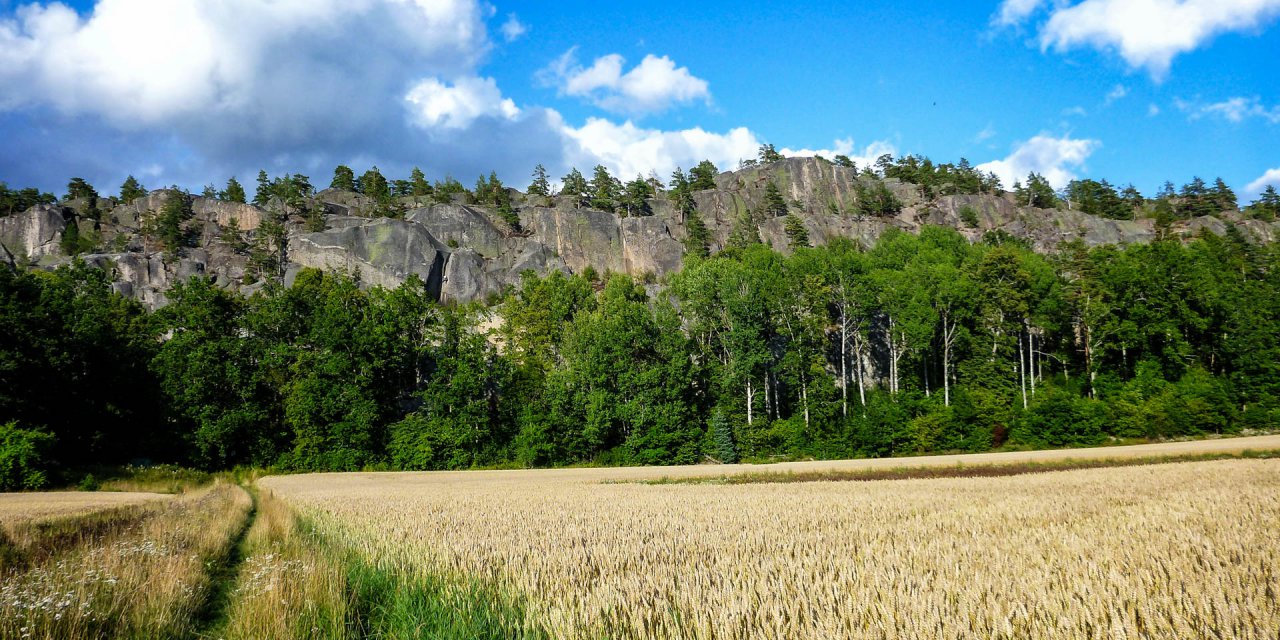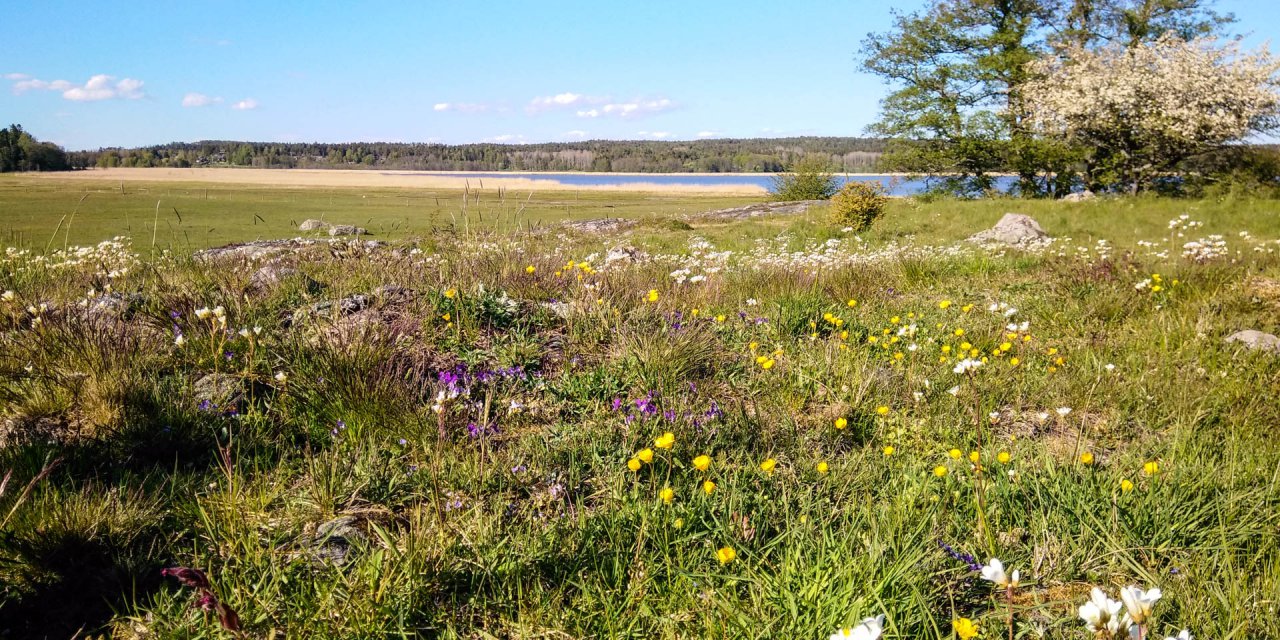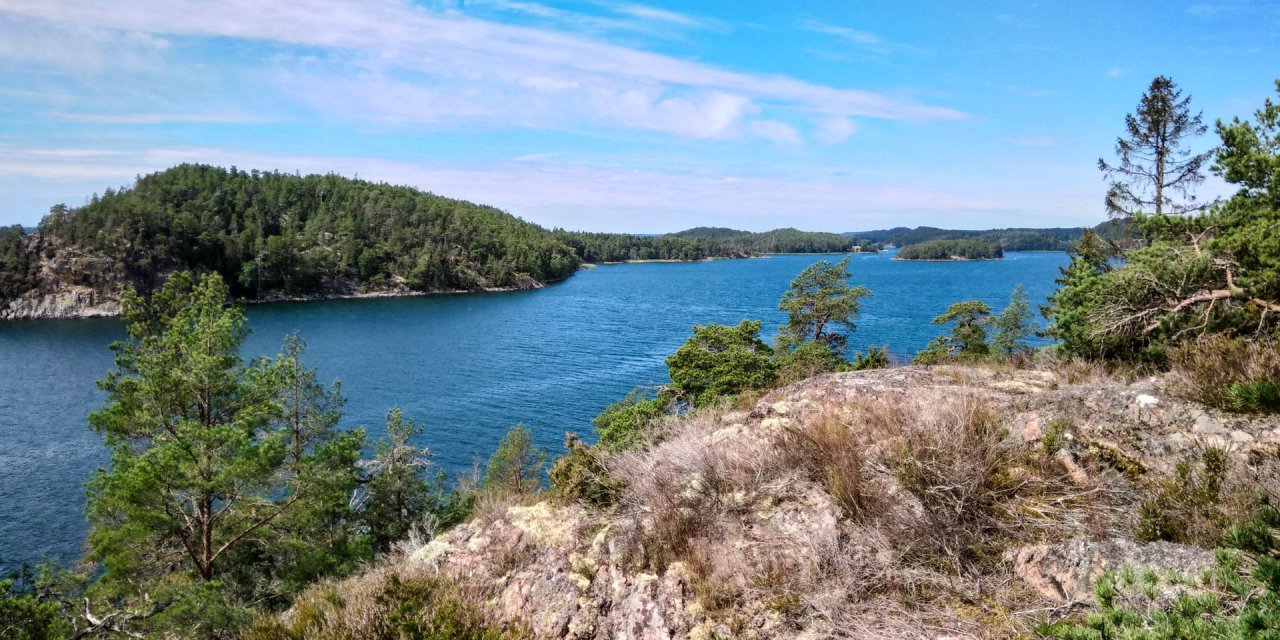

Femöre Naturreservat
Nature reserve near Oxelösund
The nature reserve Femöre Naturreservat extends over large parts of the island of Femöre in the archipelago south of the city of Oxelösund.
The nature reserve was established in 2007 and has since protected a total area of a good 236 hectares, of which approx. 111 hectares are water surfaces. The numerous smooth rocks jutting out into the Baltic Sea offer a fantastic view of the archipelago and invite you to sunbathe.
Exploring Femöre Naturreservat
Femöre is only separated from the mainland by the narrow Femöresundskanalen and can be easily reached by car. Three parking areas, in the northwest, west and southeast, are ideal starting points for a tour through the nature reserve. Marked hiking trails criss-cross the island from these places, including a section of the long-distance hiking trail Sörmlandsleden.
The peninsula of Femörehuvud, located in the south, offers not only nature worth seeing but also a special museum, the former coastal artillery bunker Femörefortet. You will also find a beautifully situated lighthouse keeper's house, which is an inviting photo motif.
Flora & Fauna in the nature reserve Femöre
Mostly pines grow on the rocky ground of Femöre, but some deciduous trees and open meadows also characterise the varied landscape. The deadwood of the old trees is an important habitat for rare insects, fungi and lichens such as the species Cliostomum corrugatum and Lecanographa amylacea.
Femöre Naturreservat is particularly popular with birdwatchers. Tawny owls (Strix aluco) hide in the trees and you can listen to the various woodpeckers building their nests, including lesser spotted woodpeckers (Dryobates minor), great spotted woodpeckers (Dendrocopos major), green woodpeckers (Picus viridis) and black woodpeckers (Dryocopus martius).
In spring and autumn, large flocks of birds migrate over the nature reserve, and all year round the bays are the habitat of various seabirds such as the common eider (Somateria mollissima) or the goosander (Mergus merganser). But there are also white-tailed eagles (Haliaeetus albicilla) and golden eagles (Aquila chrysaetos) to be seen.



